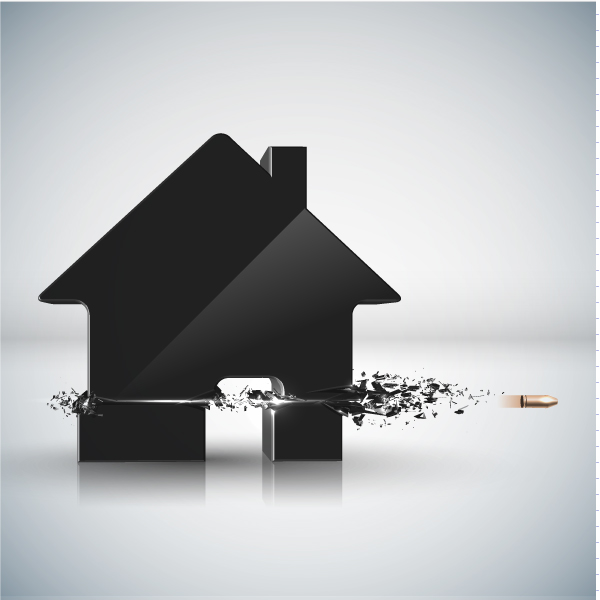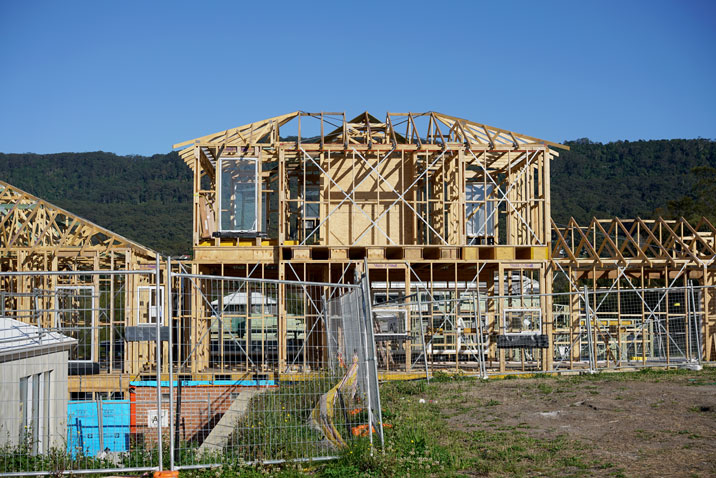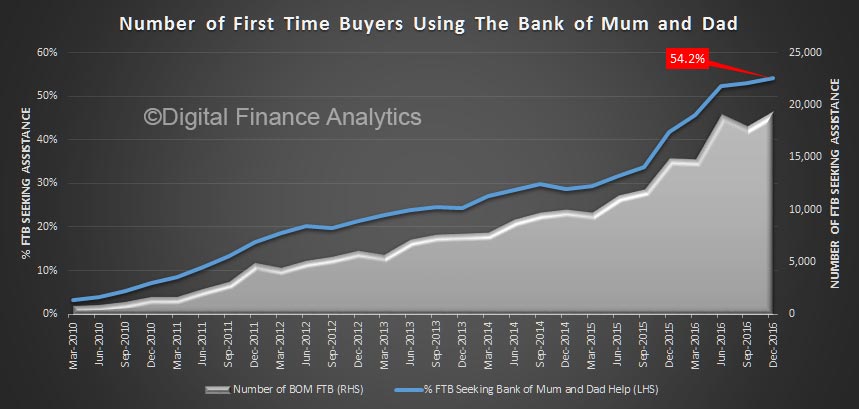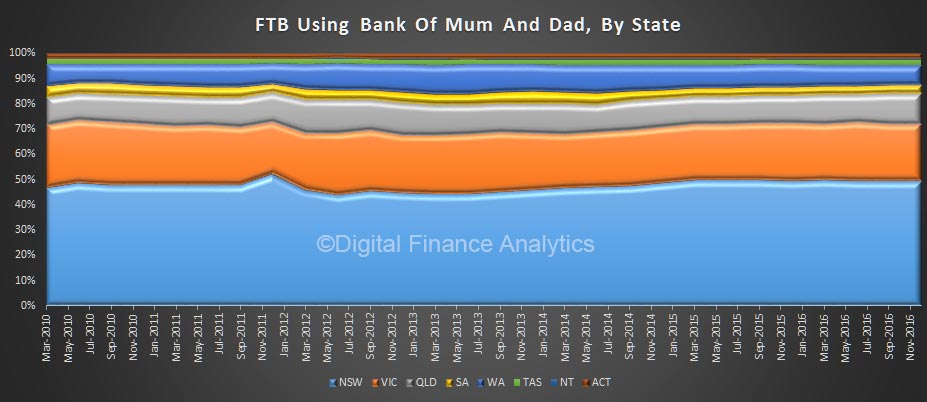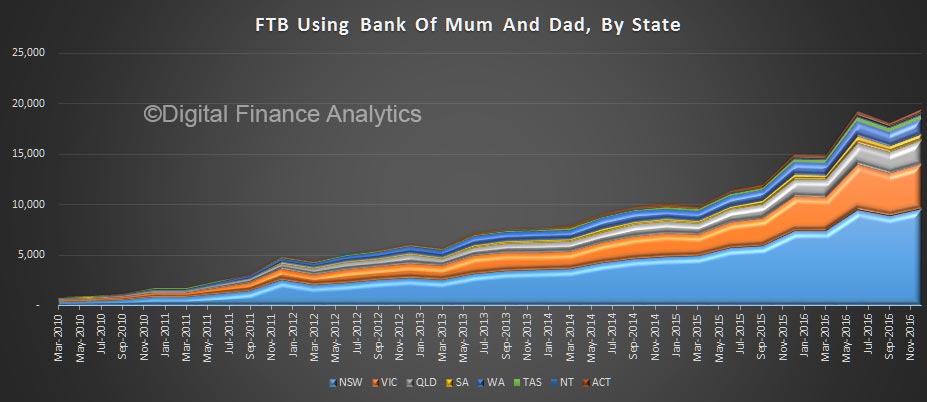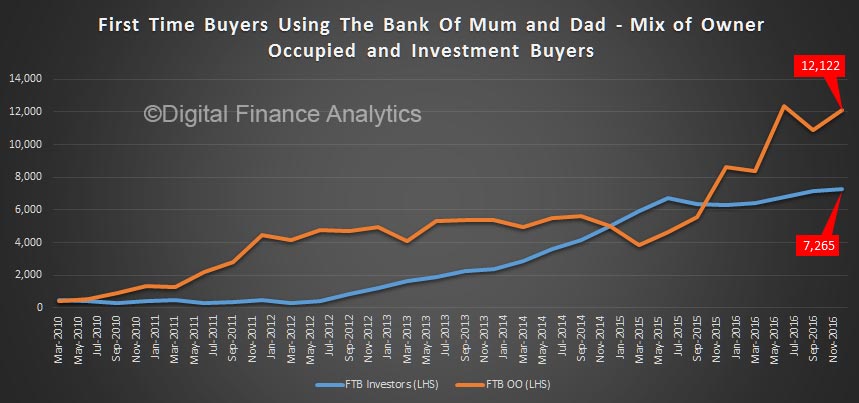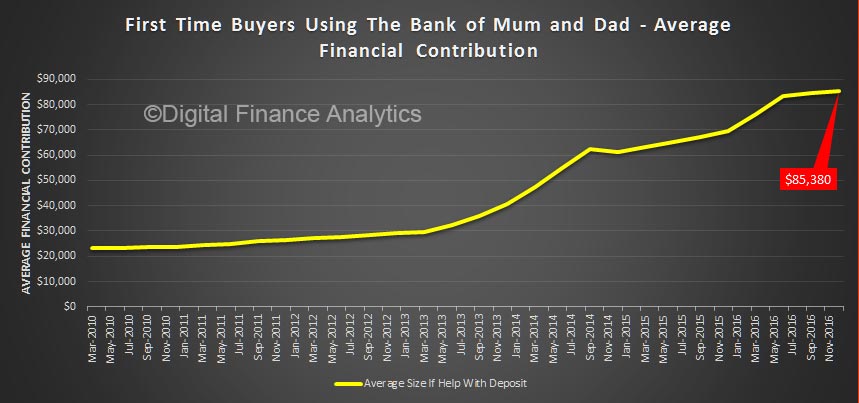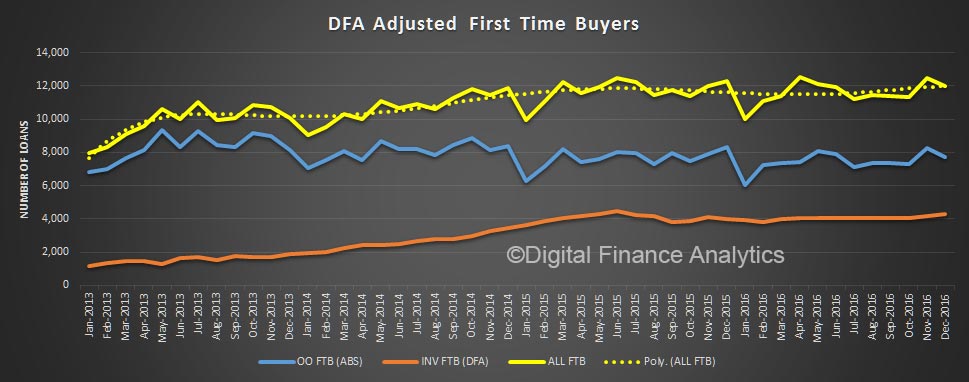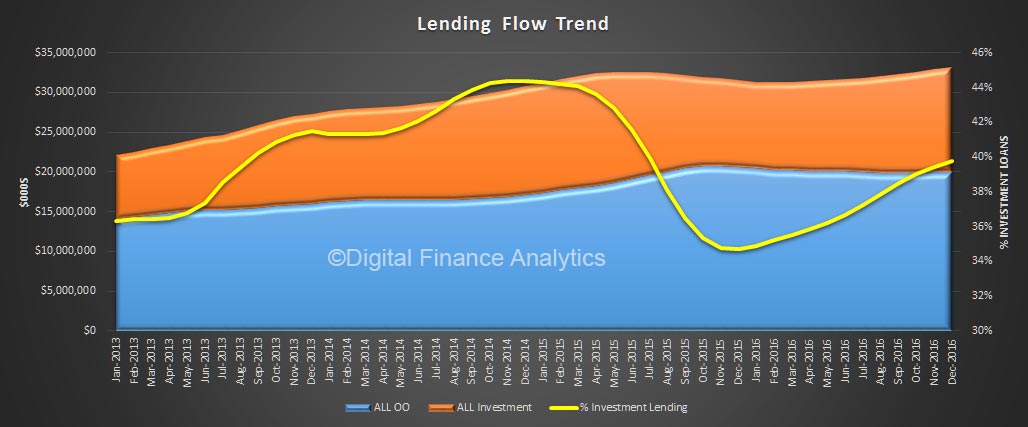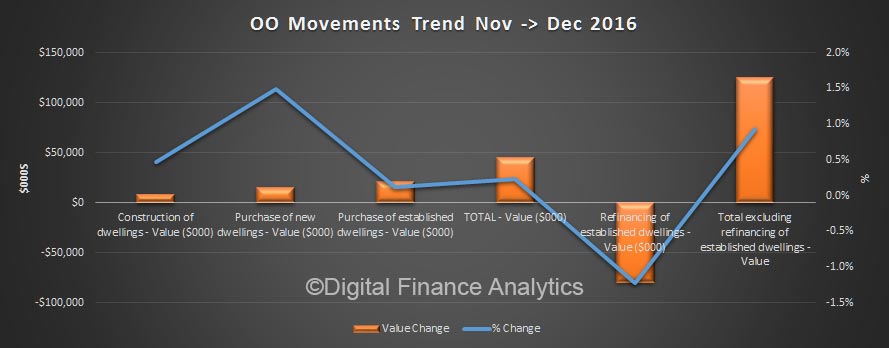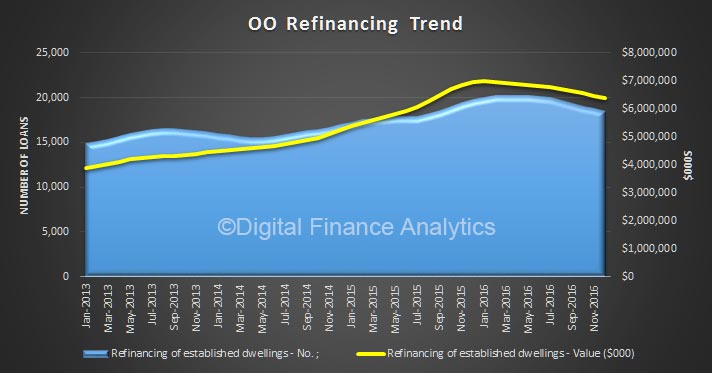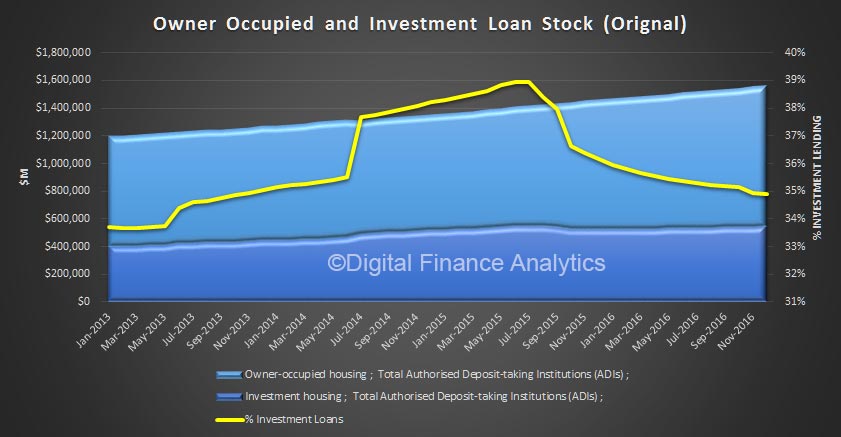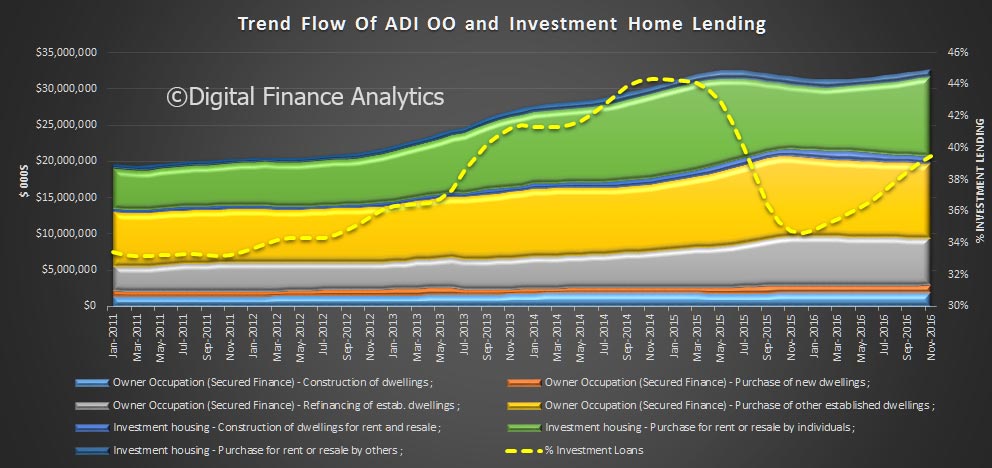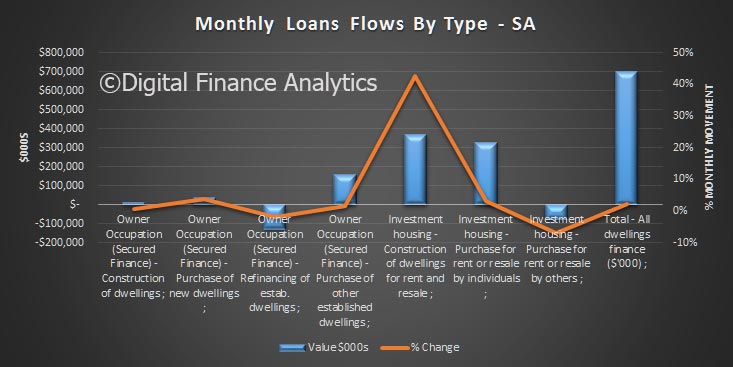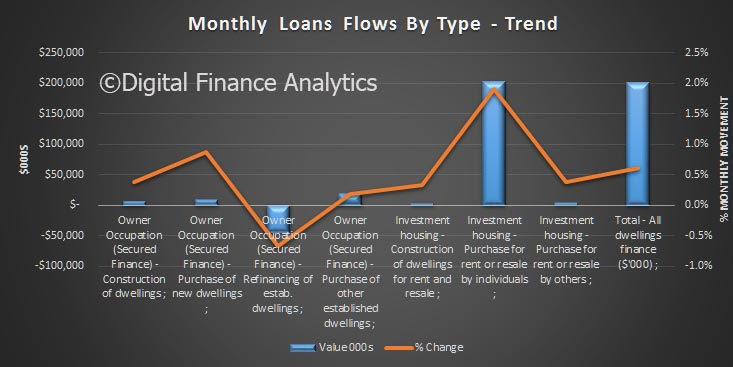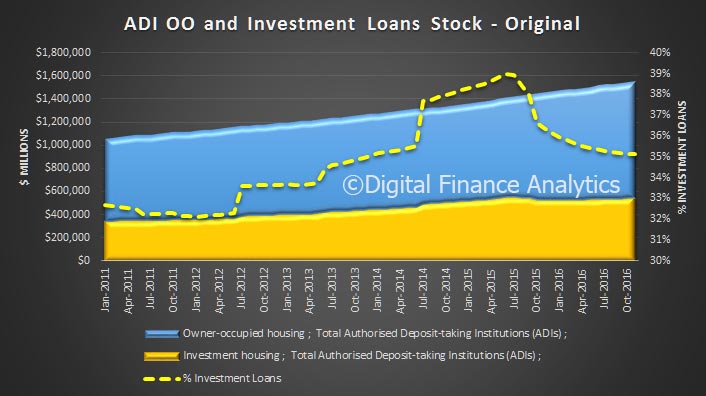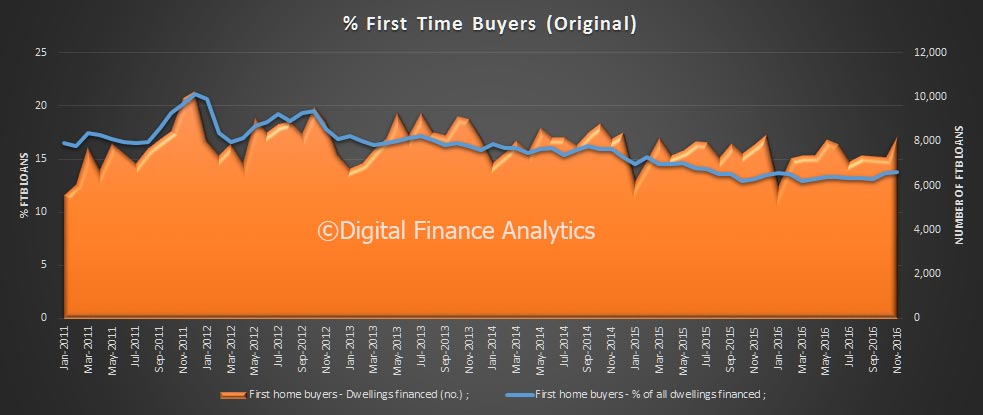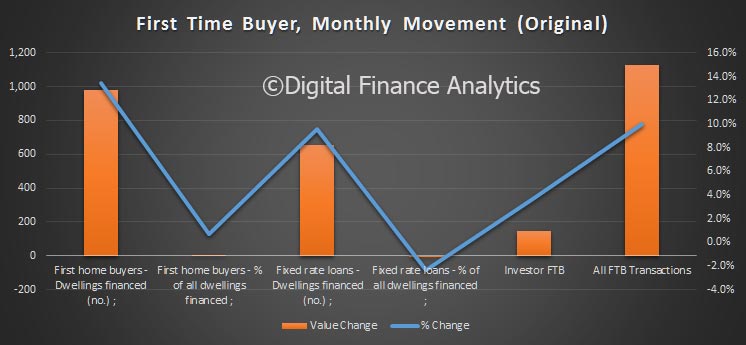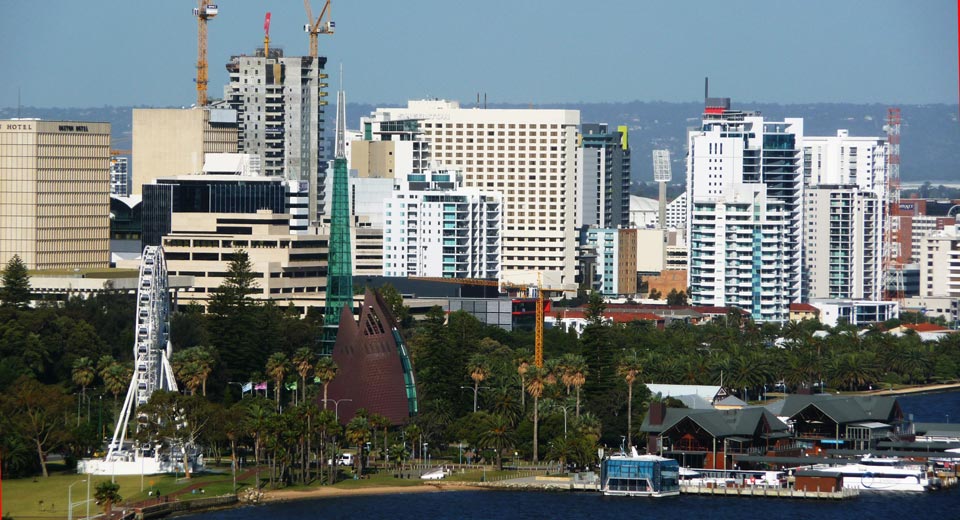House prices will increase thanks to a Victorian government decision to scrap stamp duty on some properties, according to experts who warn the move would benefit owners – not first home buyers – if rolled out across the country.
Victorian Premier Daniel Andrews on Sunday announced first home buyers would be exempt from paying stamp duty on properties under $600,000.
Tax discounts will also be rolled out on new and existing homes worth between $600,000 and $750,000 from July 1 under the plan to tackle housing affordability.
It estimated the stamp duty exemptions would benefit 25,000 first home buyers, who would save up to $15,000 – or an average of $8000 – on new purchases.
The move comes as NSW Premier Gladys Berejiklian and the Turnbull government face calls to address skyrocketing house prices in Australia’s south-east.
Prices rose 18.4 per cent in Sydney and 13.1 per cent in Melbourne in the 12 months to February, according to CoreLogic data.
Changes benefit owners
Despite Mr Andrews saying the reforms would place “downward pressure on prices” by creating more housing stock, experts warned buyers should expect to pay more for a home following the changes.
Leading Australian economist Saul Eslake said the only benefit for new buyers was that it “may reshuffle the queue of would-be house buyers”.
“This decision would be welcomed by owners and vendors of existing properties. It will allow those who have properties for sale to sell them at higher prices than they would otherwise get,” he told The New Daily.
“It will do nothing to assist those who want to join them as owners of one property.”
The stamp duty cuts form part of a series of recent housing reforms in Victoria, with the government doubling the first home buyer’s grant in regional areas and making changes to planning laws in Melbourne’s outer suburbs.
Mr Eslake, who advocated replacing stamp duty with a broad-based land tax, warned other states against following Victoria’s lead on stamp duty.
“If it were adopted by other states, the result would be to enrich those who already own properties to the detriment of those who don’t,” he said.
Grattan Institute chief executive John Daley said the Andrews government’s changes may help new buyers in areas where they were competing with investors.
“If you take places where most of the buyers are investors or second home buyers, it will genuinely help first home buyers. It will push up the prices a little but not very much,” he said.
“However, for areas where most of the purchasers are first home buyers, such as the areas on the city fringes, essentially most of the benefit will be passed on to the sellers.
“This will be a huge windfall for the large development companies who do developments on the edge of our cities.”
As the NSW Government mull its own plans to tackle rising house prices, Mr Daley urged the Premier to prioritise changes to planning rules, particularly Sydney’s middle-ring suburbs, to boost housing supply.
“Everyone agrees that’s the right answer, as long as it’s in the suburb next to theirs,” he said.
“Any government that is going to be serious about this, needs to make the public and political case.”
On Sunday, NSW Premier Gladys Berejiklian, who has declared house prices a top priority, said the government was keeping its options open.
“We know in the past governments have had made decisions which unfortunately have had the opposite effect,” she said.
“We don’t want to be in that situation; we want to make sure every decision we take on this important issue has the desired effect.”
Last month, CoreLogic data showed median house prices had reached $970,00 in Sydney and $711,000 in Melbourne.

